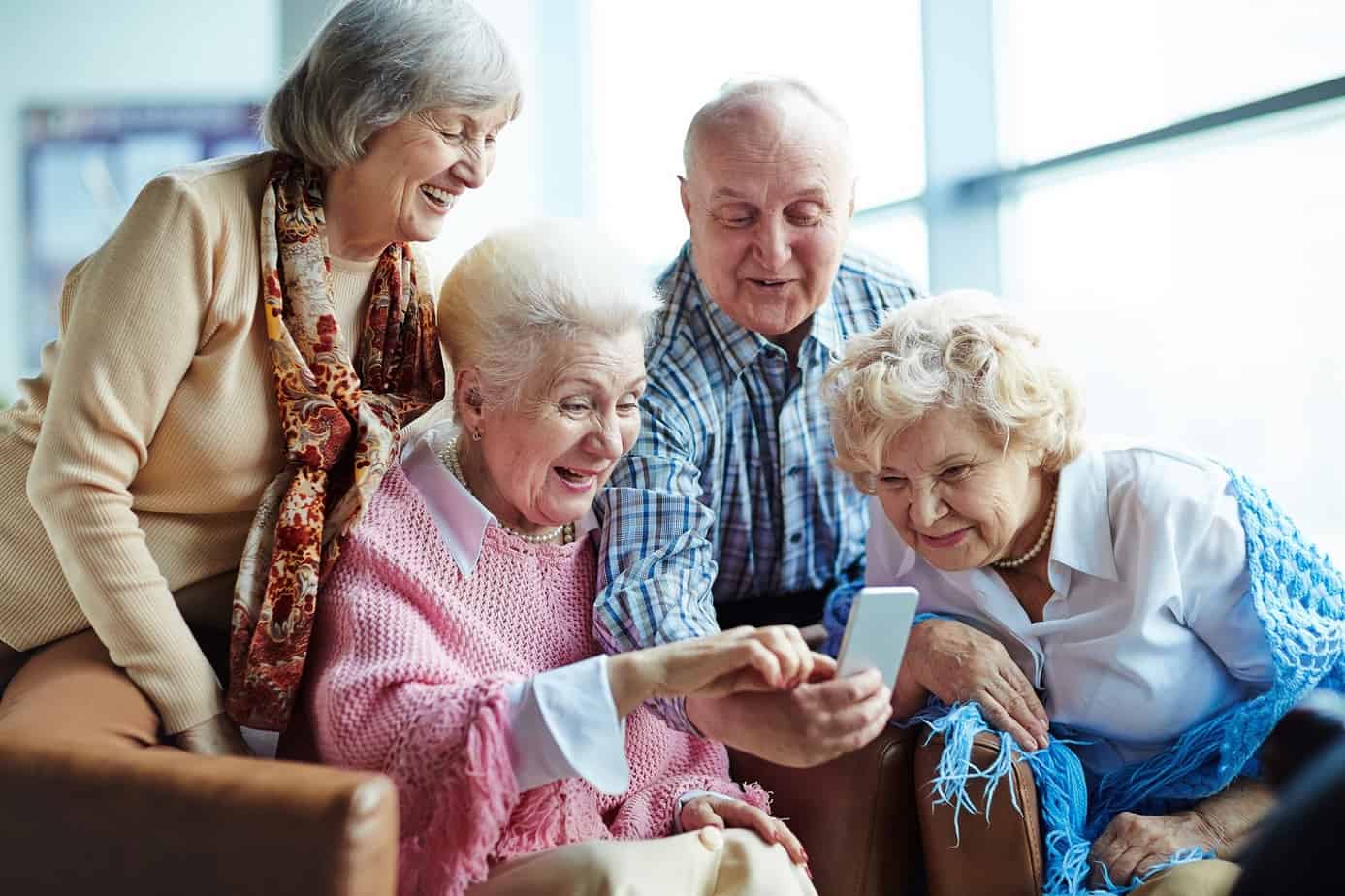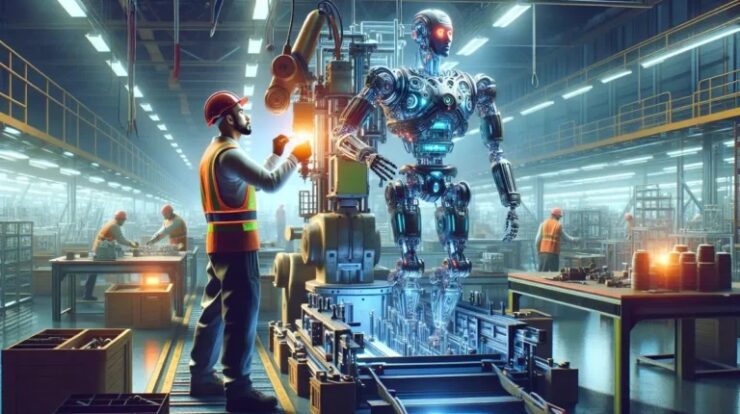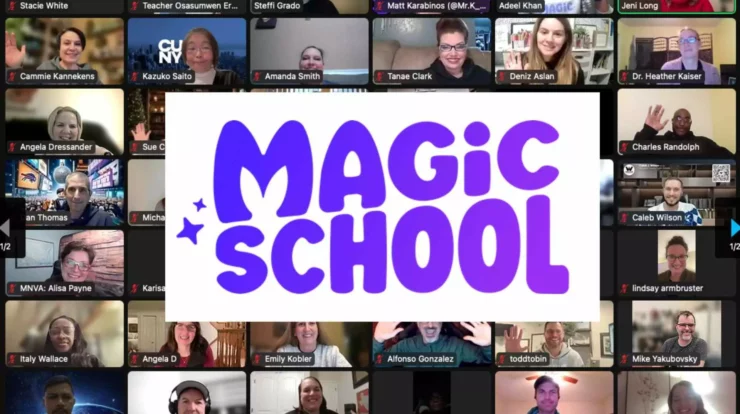
There’s a stereotype that seniors aren’t tech savvy or are less likely to embrace tech than younger people, but it isn’t accurate. Today’s seniors may well be those who were innovators in the computer industry as we know it today, and who are at or nearing retirement age may have been using computers at work for decades or their entire careers. As baby boomers age and Generation X is not far behind, it is likely that technological solutions for better senior living will continue to grow. Below are a few ways that technology is improving the lives of people as they grew older.
Mechanical and Medical Devices
If you’re wondering how tech can improve daily life for seniors, look no further than home elevators. These are not only for the very wealthy or people who live in huge house. In fact, if your home has more than one floor, most likely, it is possible to install an elevator, and it can mean independent living in your own home even if you struggle with stairs. You may want to consider an elevator installation even if you currently navigate the stairs in your home with no issues if you are getting older.
Having one can make a big difference if you are recovering from surgery at some point or encounter another issue that leaves you even temporarily disabled. Seniors with mobility issues might also want to look into motorized scooters. There are many other devices, such as hearing aids, that can improve their quality of life as well.
Voice-Powered Systems
Arthritis and other conditions can affect the dexterity of some older people, and others simply may not want to have to fumble for their glasses every time they want to change the music. Voice recognition software has improved tremendously over the years, and being able to tell their phone to call a certain number can be a particularly handy shortcut for seniors. It can also be useful in making it easy for them to set reminders for appointments or to take medication. Many of the smart devices discussed below can also be controlled by voice.
Smart Homes
Smart home technology can be a big help to older adults. For example, if they need to get up in the middle of the night, they can activate smart lighting with voice commands and reduce the risk of falls. Smart devices can be set to create a morning routine, such as starting music at a certain time, preparing coffee and playing the news.
Wearables allow seniors to send an alert if they have an emergency or can help others remotely monitor their activity and see if they may need assistance. These wearables are also moving toward being less intrusive, with some resembling watches. Many older people struggle keeping up with housework, and devices like robot mops and vacuums can make a huge difference.
Security
Some older people may feel especially vulnerable in their homes, and a good security system can go a long way toward relieving that sense of vulnerability. There is a big range in terms of pricing and what these systems can do, so it is worthwhile to do some research and find the solution that best suits a person’s individual situation. Some are also more hands-on than others. For example, some may want a camera that can help them identify who is at the door or that even has facial recognition while others
may prefer a more traditional system with motion, glass break and door sensors that alert an offsite facility if there is a problem.
Another thing that people may want to consider is smart locks. While some people feel that that smart locks are less secure than traditional ones because of their vulnerability to hackers, the fact is that most break-ins tend to be crimes of opportunity. Smart locks can also allow several different people to have access to the home, which can be more secure than having multiple keys floating around or tucked under a welcome mat.
Tech in More Structured Living Conditions
All of the above types of tech help people continue to live independently in their homes, but there are also many ways that the lives of people in assisted living or nursing homes can be enhanced. For example, they might not be allowed to have pets in their living situation, or they may be unable to reliably care for pets. Robotic pets can provide many of the comforts of live animals without the responsibility.
Some may be recovering from a stroke or other types of brain injury. In addition to the usual type of rehab, there is also a form of virtual reality rehab that is growing in popularity. This can help people practice performing everyday tasks, such as going to a grocery store and taking things off the shelves. Furthermore, machine learning can track the progress of users and adjust the program based on the data it collects.


